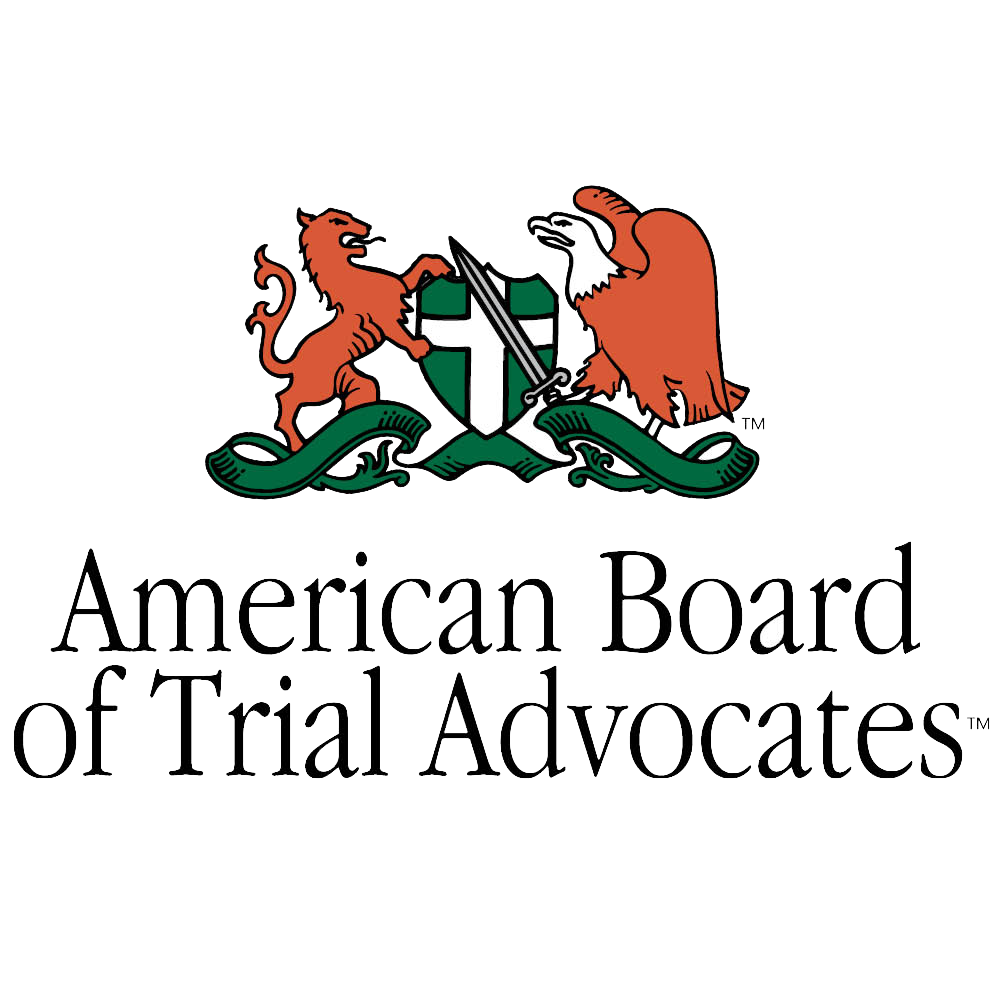
Injuries and Pre-Existing Conditions: How to Get Compensated
Let’s say you have a pre-existing condition and are injured in a new accident, such as a vehicle crash. Can you be compensated for the aggravation of your condition? The answer is: YES!
Although a pre-existing condition can complicate things, under Florida law, you are entitled to compensation for ALL damages caused by the negligence of another party, including the aggravation of pre-existing conditions.
Types of Pre-existing Conditions that May come Into Play in a Personal Injury Claim
Any type of pre-existing condition can come into pay, but some of the most common pre-existing injuries that may be reaggravated in an accident include:
- Traumatic brain injuries
- History of concussion
- Herniated disc(s)
- Chronic neck/back conditions
It is also important to realize that various types of physical and mental conditions may be aggravated or have their effects enhanced by a new accident/incident. For example:
- Results of previous surgeries can be undone
- Previously successful physical therapy (PT) results may be destroyed
- Headaches following a concussion/head injury may return with more frequency and intensity, and even contribute to the process of dementia
- An injury that required only therapy before may require more aggressive treatment like injections/surgery
- Existing arthritis may be accelerated
What to do in the case of Re-injury
1. Document the Aggravation of the Pre-existing Condition
If you feel you have been re-injured in an accident, it is important to document any difference in the intensity of pain, limitation of movement, and duration of pain from the previous injury. The best way to do this is to go back and see the doctor who treated the first injury, so they can note the difference in the condition before and after.
2. Have a Medical Professional Document the Aggravation
BE sure to keep all records of additional medical treatment, including bills, reports, and prescriptions. This documentation will be essential to any new personal injury claims.
- Have a doctor/therapist document the pain/aggravation
- Have it compared to the condition pre-dating the new accident
- Have the issue treated
- Monitor your progress through continued therapy and diagnostic testing (f necessary)
3. Be Honest with your Doctor and Personal Injury Lawyer
The adage, “what they don’t know won’t hurt them,” may not hurt a doctor or lawyer, but it will DEFINITELY hurt your case! Your doctor needs to know your COMPLETE injury history. Failing to reveal accurate information can undermine and eventually discredit any opinion your doctor may provide relating to the aggravations caused to the existing injury by the new accident.
If your case goes to trial, you may lose based solely on how credible you are perceived to be by the jury. Don’t put your personal injury claim lawyer in a bad position by not having them know your full medical history.
The “Eggshell Plaintiff” Doctrine/Rule/Principle
The term “eggshell plaintiff” refers to a legal doctrine that a defendant must “take the plaintiff as they find them.” In other words, if a plaintiff has a pre-existing condition that makes them more susceptible to injury, the defendant is still FULLY liable for all damages, even if those damages are more severe than what would be expected for an average person.
While the “eggshell plaintiff” rule is generally favorable to plaintiffs, there are some defenses that defendants can use in these cases. A common defense is to argue that the plaintiff’s pre-existing condition was the sole cause of their injuries. This is a difficult defense to win, however, as the defendant must prove that the accident would not have caused any injuries to a healthy person.
Defendants may also try to reduce their liability in eggshell plaintiff cases by arguing that the plaintiff’s pre-existing condition was foreseeable. This means that the defendant knew of should have known that the plaintiff was more susceptible to injury than a healthy person. If the defendant can prove foreseeability, they may be able to reduce their liability for the plaintiff’s injuries.
Have you been injured due to the negligence of another, but are worried that a pre-existing condition will keep you from obtaining justice and the financial compensation you deserve? Then contact the experts at GOLDLAW who will walk you through the claim process and take on the insurance companies who will do their best to deny your getting rightful justice! You can also call us at 561-222-2222 to set up a FREE consultation!



